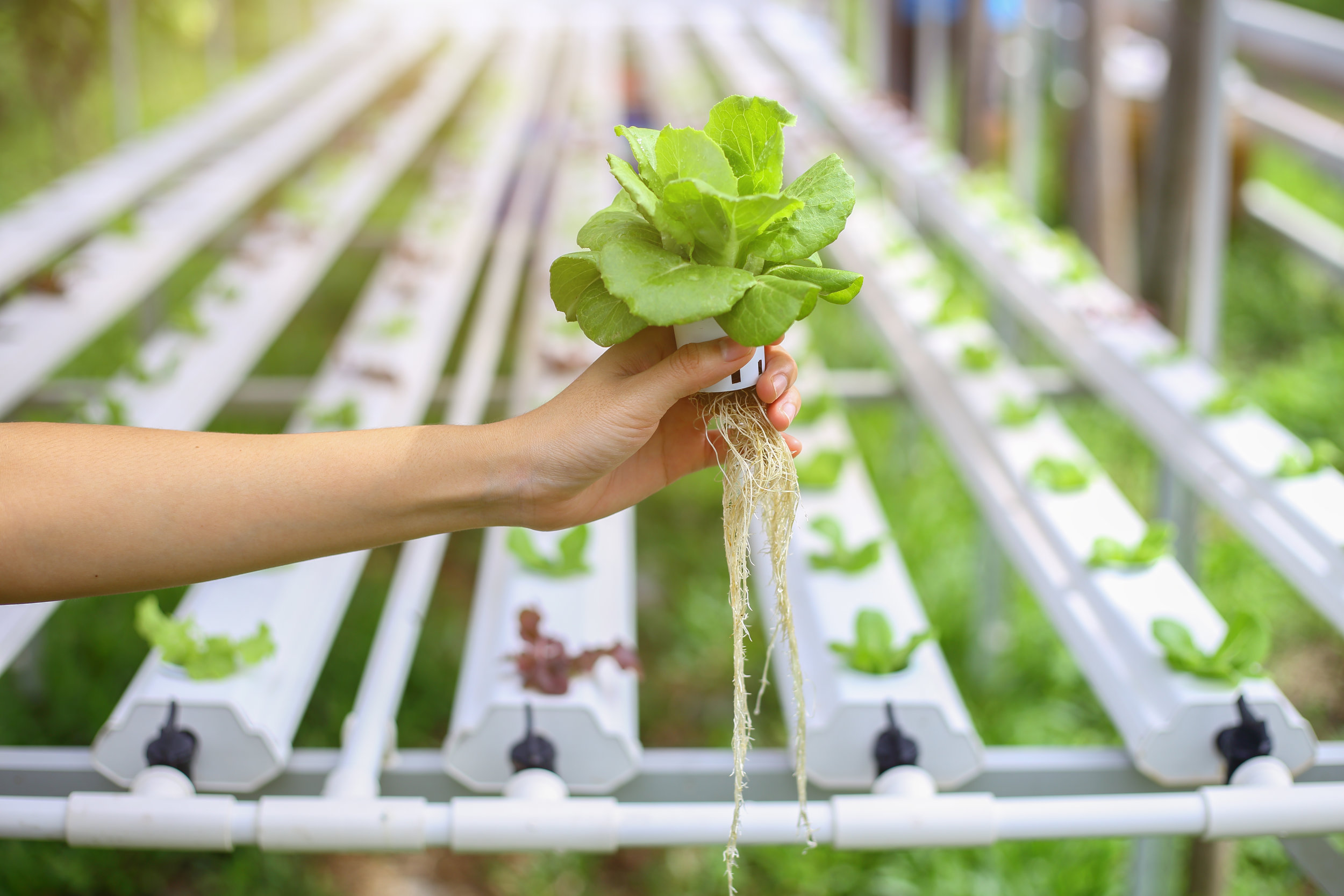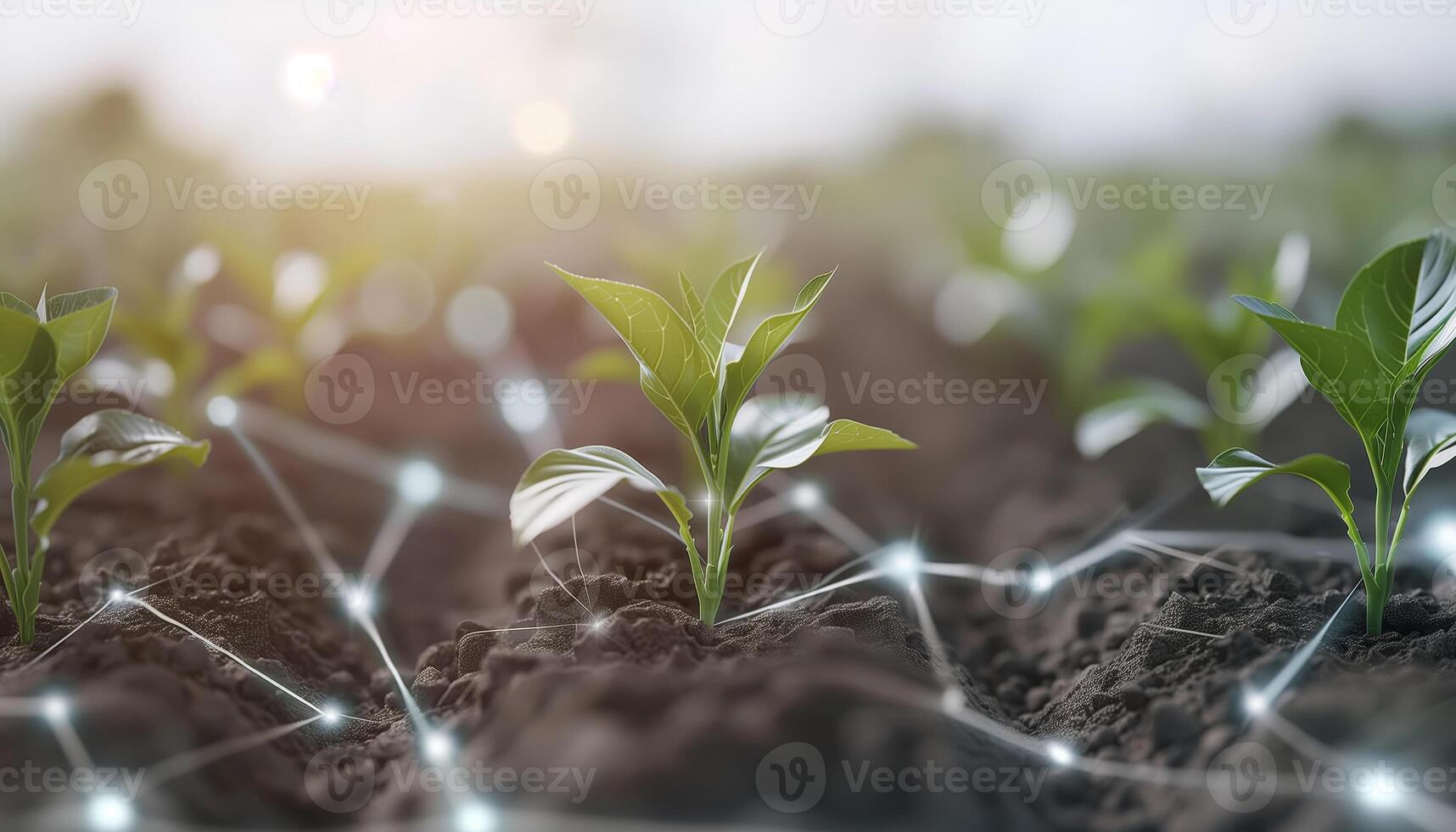Imagine growing plants without soil. It sounds like magic. But it is very real. Soil-free growing systems are rising. They change how we farm. They use water and nutrients to grow plants.
Hydroponic vegetables are a big part of this change. In hydroponics, plants grow in water. They get nutrients directly. This method is simple. It is also efficient.
What Are Soil-Free Growing Systems?
Traditional farming uses soil. Soil gives plants nutrients. But soil-free systems do not need soil. Instead, they use water and air. They also use other materials. These systems have different types.
-
Hydroponics: Plants grow in water. Nutrients mix in the water.
-
Aeroponics: Roots hang in the air. Nutrients spray on them.
-
Aquaponics: Fish and plants grow together. Fish waste gives nutrients.
Why Use Soil-Free Systems?

Soil-free systems have many benefits. They save space. They use less water. They grow faster. They also give more control. Farmers can control nutrients easily.
These systems help in cities. Urban areas have less space. But people want fresh food. Soil-free systems grow food in small spaces. They can be inside buildings. This helps cities become green.
How Hydroponics Work
Hydroponics is simple. It uses water and nutrients. Plants grow in containers. The water moves. It carries nutrients to roots. This helps plants grow strong.
Hydroponic vegetables are clean. They do not have dirt. They grow faster. This means more food. It also means fresh food all year.
Benefits of Aeroponics
Aeroponics is unique. It uses air. Roots hang in the air. Nutrients spray on them. This method uses less water. It also uses less space.
Aeroponics helps plants grow fast. It gives them air. Air is important. It helps roots get strong.
Aquaponics: Fish and Plants Together
Aquaponics is special. It combines fish farming and plant growing. Fish waste is rich in nutrients. Plants use these nutrients. This system is balanced.
Fish and plants help each other. Fish give waste. Plants clean water. This makes aquaponics eco-friendly. It is also sustainable.

Challenges of Soil-Free Systems
Soil-free systems are great. But they have challenges. They need technology. Technology can be expensive. It also needs knowledge.
Farmers must learn new skills. They must control systems. This can be hard. It takes time. It also takes practice.
The Future of Farming
Soil-free systems are growing. They change how we farm. They save space. They use less water. They grow food fast.
These systems help cities. They help the environment. They also help people eat fresh food. The future looks bright.
Conclusion
Soil-free growing systems are here. They change agriculture. They give new ways to grow food. Hydroponics, aeroponics, and aquaponics are key. They bring many benefits. They also face challenges.
But the future is promising. More people learn about these systems. More people use them. They help us farm smarter. They help us farm better.
Explore soil-free systems. Learn how they work. See their benefits. Understand their challenges. The world of farming is changing. Be part of this change.






